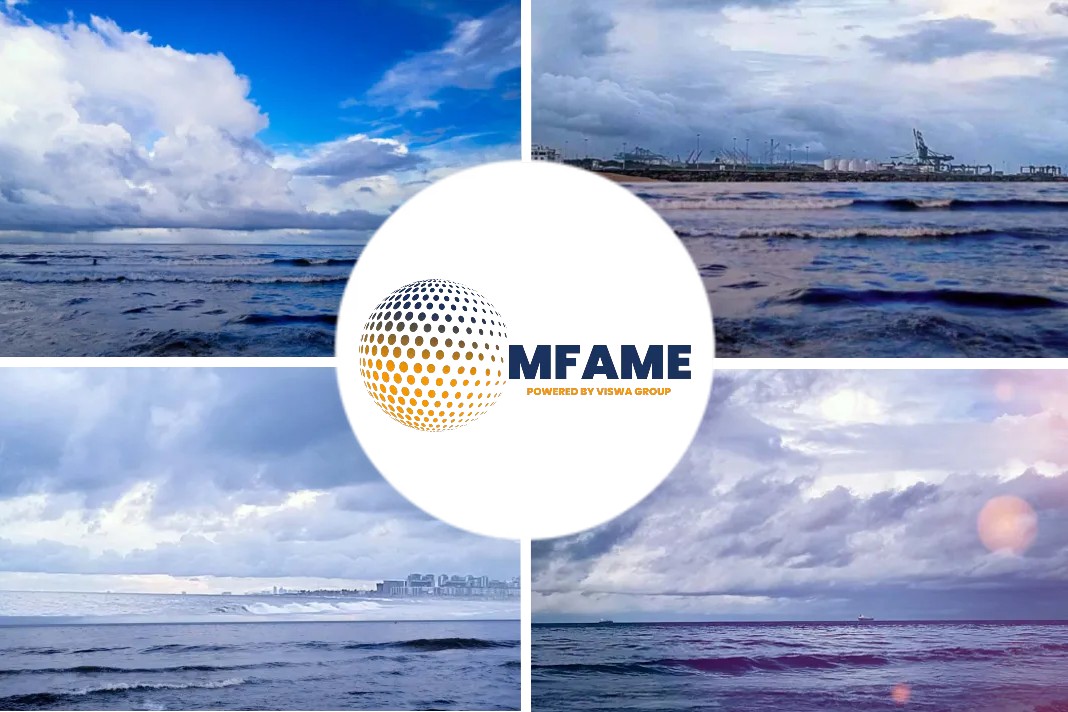- The year 2021 marks a decade since IMO adopted the first set of mandatory energy efficiency measures for ships, on 15 July 2011, as part of MARPOL.
- As such, IMO shared an infographic providing a timeline of actions to cut GHG emissions from shipping.
The year 2021 marks a decade since IMO adopted the first set of mandatory energy efficiency measures for ships, on 15 July 2011, as part of MARPOL and shared an infographic providing a timeline of actions to cut GHG emissions from shipping, says an article in Safety4sea.
IMO Secretary General’s Words
“The pace of regulatory work to address GHG emissions from shipping has continued within the framework of the IMO Initial Strategy for reducing GHG emissions from shipping, and most recently with the adoption of further, key short-term measures aimed at cutting the carbon intensity of all ships – new build and existing ships – by at least 40% by 2030, compared to the 2008 baseline, in line with the initial strategy ambitions,”
…said IMO Secretary-General Kitack Lim.
IMO’s Technical Assistance Program
To support the implementation of the measures and encourage innovation, IMO has been implementing a comprehensive capacity building and technical assistance programme, including a range of global projects. These include the GEF-UNP-IMO GloMEEP Project (now concluded), the EU-funded global network of maritime technology cooperation centres (GMN project), the IMO-Norway GreenVoyage2050 project and the IMO-Republic of Korea GHG SMART Project.
Climate Change Battle
“The package of mandatory measures combined with implementation support sets shipping on a pathway to decarbonization. There is more work to do, but we have solid foundations, which is contributing to the global fight against climate change,”
…Mr. Lim said.
IMO’s Timeline
- The issue of controlling air pollution from ships was discussed at IMO as early as the 1970s, but drew more attention in 1988 when the MEPC agreed to include the issue of air pollution in its work programme. In 1991, IMO adopted Assembly Resolution A.719(17) on Prevention of Air Pollution from Ships.
- Then, the Kyoto Protocol, which was adopted in December 1997 operationalized the UN Framework Convention on Climate Change by committing industrialized countries and economies in transition to limit and reduce GHG emissions in accordance with agreed individual targets.
- In response, in the same year at the 1997 MARPOL Conference, IMO adopted MARPOL Annex VI on regulations for the prevention of air pollution from ships. The MEPC developed operational and technical measures and IMO agreed to include a new chapter on “energy efficiency” in MARPOL Annex VI.
- On 15 July 2011, MARPOL Annex VI Parties adopted mandatory energy efficiency regulations for ships – Energy Efficiency Design Index (EEDI) for new ships, Ship Energy Efficiency Management Plan (SEEMP) for all ships, which represented the first set of mandatory energy efficiency measures for any transport sector.
- In 2016, IMO adopted the mandatory IMO Data Collection System (DCS) for ships to collect and report fuel oil consumption data from ships over 5,000 gt. The first calendar year data collection was completed in 2019.
- In April 2018, IMO adopted the Initial Strategy on the reduction of GHG emissions from shipping, a policy framework which sets key ambitions, including annual greenhouse gas emissions from international shipping by at least half by 2050, compared with their level in 2008, and working towards phasing out GHG emissions from shipping entirely as soon as possible in this century and reducing the carbon intensity of international shipping (to reduce CO2 emissions per transport work), as an average across international shipping, by at least 40% by 2030, pursuing efforts towards 70% by 2050, compared to 2008.
- In June 2021, IMO adopted key short-term measures aimed at cutting the carbon intensity of all ships by at least 40% by 2030, in line with the ambitions set out in the IMO Initial Strategy. This is the first time IMO has established a formal rating system for ships.
Did you subscribe to our daily newsletter?
It’s Free! Click here to Subscribe!
Source : Safety4sea






















